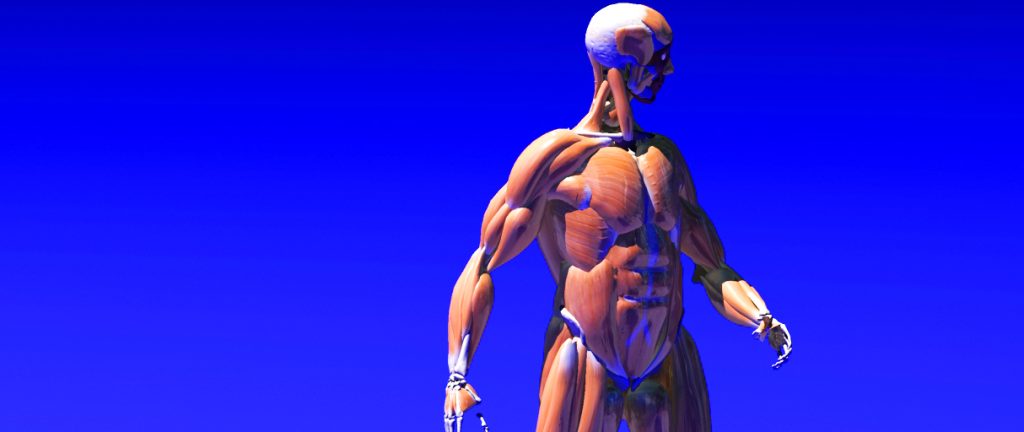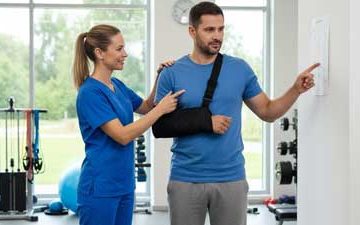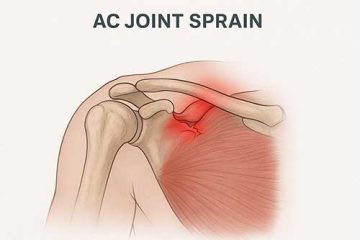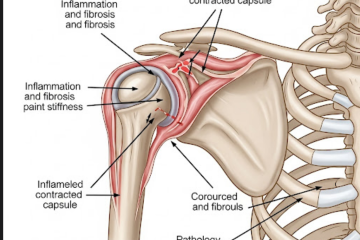In December of 2024, an MLB study identified injuries linked to higher velocity in training and the game. Learn how to prevent injuries in young Athletes with intensive training schedules. and maximizing throwing mechanics physical therapy
Throwing is a complex motion that involves the entire kinetic chain, not just one isolated body part. Understanding the mechanics of throwing will help you develop optimized throwing mechanics physical therapy programs. The summation of forces principle, where energy is generated from the ground up, is key to efficient throwing mechanics. The arm’s role is to guide the ball, not generate all the power. So, it’s not just about arm strength or shoulder mobility—it’s about how well the entire body works in sync. When any part of the chain is off or weak, it can negatively impact the throw’s velocity, accuracy, and even safety.

Six Phases of Throwing Mechanics – Throwing Mechanics Physical Therapy
What are the six phases of throwing Mechanics?
- Windup, which is the point where they come to set to the point where their leg is at that max position of flexion
- Stride, which is, again, that leg-up position to foot contact
- Cocking, which is when that foot contact to max external rotation; acceleration
- Acceleration, which is from that max ER to ball release
- deceleration, which is ball release to max IR
- Follow through, which is that max IR to the end of the motion.
Two Biggest Throwing Mechanic Components That Cause Pain
The two most significant areas that cause pain are:
- Deceleration from that ball release to max IR
- The cocking phase, which is the max external rotation phase,
Anterior Stability and Throwing Mechanics Physical Therapy
What puts the most stress on the elbow and shoulder in eccentric and concentric movements? If somebody says their pain is at that cocking phase, the first thing I’m going to look at is their anterior shoulder stability and how it affects throwing mechanics. What is their external rotation motion, strength, and stability? My focus on my exam will go up into that 90/90 position.
Posterior Shoulder and Throwing Mechanics Physical Therapy
Now, if they tell me it’s ball release, I will start looking at more of that posterior shoulder and arm out in front. So again, what are our eccentric components of the elbow, the shoulder, and the thorax, and how are all those things working together to affect throwing mechanics? Those are the two biggest phases that we’ll start to think about when we’re considering rehab.
Stride Affects Throwing Mechanics
When we start thinking about its throwing mechanics component, there is a point of no return, basically at stride. Whenever that foot hits the ground, the body will do what it will do, so there’s not much I can do to change anything from then to the end of the throw. We can start to tweak some of those things at the beginning, especially in our windup, and then again in that stride phase. So we know such a thing as their arm position, meaning arm adduction, external rotation, and elbow flexion. It all plays a part in what that looks like down the road.
Another area to look at is their stride and core positioning. Again, all those things play into how that arm is positioned down the road and can decrease or add risk as we go. Just a minor tweak of one thing can lead to different-looking throwing mechanics and decrease the risk for that patient again.
Throwing Motion Affects Throwing Mechanics
I want everybody to think about the throwing motion and how it affects throwing mechanics. First of all, it’s not just the arm. It’s not just the elbow, and it’s not just the shoulder. We have to look at that summation principle, meaning everything works together, so most of our force starts with that push-off from that stance leg in the back. What it’s going to do is we’re going to transfer weight to that front leg, which becomes a break. From there, it starts a whole rotation movement, which is what you like to see in your golf swing, your baseball swing, and, again, in your throwing motion. That summation principle says that if I start my motion here with my feet and I go directly into my hips, directly into my core, directly into my thoracic spine, and then my shoulder and elbow and hand, you’re going to get the most bang for your buck at that point.
Timing Affects Throwing Mechanics
If you have poor timing between all of those because of poor positioning or just poor muscle activation, what’s going to end up happening is you’re going to have breaks or two big crossovers in that spot. Then, you will start using your arm and elbow a lot more to get the speed and velocity you want.
What Comes Next?
The big things we’re going to look at are breaking down each of those positions and what we can do to fix–or, let’s say, tweak. Fix is not the correct term. It’s what we can do to tweak their motion to help give them the best chance of staying on the field, staying healthy, and not coming back to see us. My famous line–it’s not famous yet; let’s hope it turns famous–is we loved having you, but don’t come back. The big thing is once I’m done with them, I don’t want to see them again unless it’s for a traumatic injury, which is not what we want to do. We don’t want to see them back, and I say, unless they need us, so the big thing is that it’s nice having you, but don’t come back. For an in-depth course on throwing mechanics and shoulder rehab for the throwing athlete, go to the Injury Prevention and Optimal Mechanics course in the Throwing Athlete. This course focuses on
- The components of throwing mechanics and proper training techniques to minimize the risk of injury and maximize performance
- Presentation of evidence-based progression parameters
- Prevention and treatment of shoulder and elbow injuries
- Rotator cuff progression
- Scapular progression
- Joint mobilization, soft tissue, and manual therapy

For More in-depth information about Throwing Mechanics
Go to Injury Prevention and Optimal Mechanics course in the Throwing Athlete. Watch the web page trailer for a comprehensive overview of the course. This course is part of a comprehensive series designed to help you develop effective rehabilitation programs that promote safe, functional outcomes in a short period. Other courses in the series will support you in achieving better orthopedic outcomes.
Additional Shoulder courses in the Subscription:
Foundation Exercises for the Treatment of the Shoulder
Critical Analysis and Treatment Strategies for the Complex Shoulder
References
- Trasolini NA, Nicholson KF, Mylott J, Bullock GS, Hulburt TC, Waterman BR. Biomechanical Analysis of the Throwing Athlete and Its Impact on Return to Sport. Arthrosc Sports Med Rehabil. 2022 Jan 28;4(1):e83-e91. doi: 10.1016/j.asmr.2021.09.027. PMID: 35141540; PMCID: PMC8811517.
- Gainor BJ, Piotrowski G, Puhl J, Allen WC, Hagen R. The throw: biomechanics and acute injury. Am J Sports Med. 1980 Mar-Apr;8(2):114-8. doi: 10.1177/036354658000800210. PMID: 7361975.


